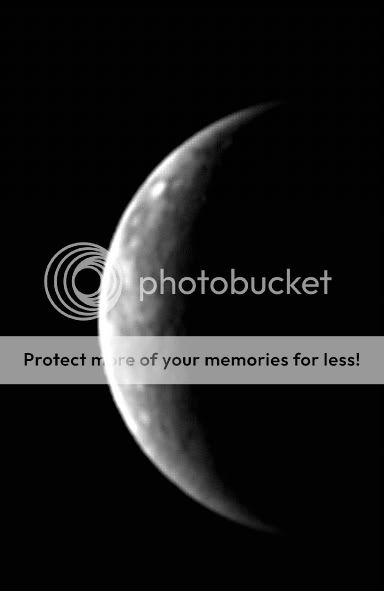One Day to Mercury Flyby 3!
MESSENGER’s engineering and operations teams convened at the Johns Hopkins University Applied Physics Laboratory (APL) in Laurel, Md., this morning to confirm the health and readiness of the spacecraft. “All spacecraft sub-systems and instruments reported nominal operations, indicating that MESSENGER was ready for its third encounter with Mercury,” said MESSENGER Systems Engineer Eric Finnegan of APL.
At 10:28 a.m. the last bits of data from the spacecraft were received as it transitioned from high-gain downlink to beacon-only operations, turning towards the planet to start the approach tail-sweep sequence with the Mercury Atmospheric and Surface Composition Spectrometer instrument. This morning, the spacecraft returned this image, revealing some of the last areas of terrain not before seen at close range by spacecraft. Higher-resolution images of these areas will be obtained tomorrow when the spacecraft is closer to the planet.
For the next 30 hours, the spacecraft will take repetitive scans through Mercury’s comet-like anti-sunward tail, pausing now and then to take a color image and a high-resolution mosaic of Mercury with the Mercury Dual Imaging System instrument.
The operations team will now prepare for the period of time after the closest approach point [tomorrow at 5:54:56 p.m.], approximately eight minutes after which the spacecraft will pass behind the planet and lose contact with Earth for a period of 51 minutes. “We will reestablish a high-rate data link with the spacecraft on Tuesday evening at 9:34 p.m., followed by playback of the data stored in the solid-state recorder starting at 11:39 p.m.,” Finnegan adds.
“MESSENGER is now on its own to carry out the command sequence developed by the all of the dedicated engineers and scientist of the MESSENGER flight team,” Finnegan says. “I look forward to the future scientific discoveries to be found in this new dataset.”






